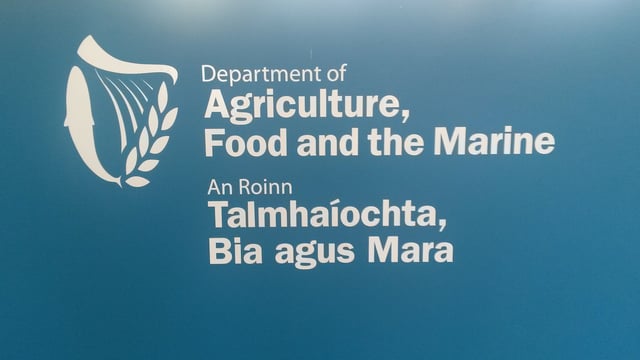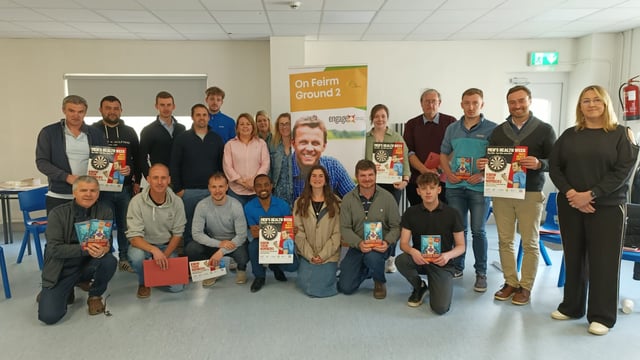Teagasc pre-calving checklist
With calving just around the corner on many farms Teagasc have compiled some essential tips to help farmers though this busy period.
Teagasc advises that farmers should prepare the calving and calf-rearing areas well in advance of the start of calving.
It says cleaning out such houses now allows them time to dry out and this helps to break any carry over of infection from one year to the next. It also advises that farmers should make sure that handling gates are working properly – there’s still time to repair them if necessary.
According to Teagasc, one of the unforeseen consequences of using higher fertility sub-index AI sires is shorter gestation lengths.
It says some cows are now calving at around the 270-day mark instead of the more traditional 280 days. It makes a big difference, according to Teagasc with many farmers have been ‘caught on the hop’ with the arrival of such early born calves.
Here’s Teagasc’s checklist of the tools of the calving trade that need to be readied before calving starts:
- Calving jack – including a pair of foot ropes in proper working order;
- Iodine navel disinfectant – you’ll need around 10-15ml per navel;
- Stomach tube – check that the bag is not leaking and the tube itself isn’t chewed, as this can cause oesophageal damage;
- Hydrated lime – ensure that your supply is adequate to disinfect the calving areas after calves have been removed; and,
- Teats – make sure that the calf feeder teats aren’t perished – order spares now if they are.
Teagasc also highlights that a range of calf care leaflets is available on the AHI website.




